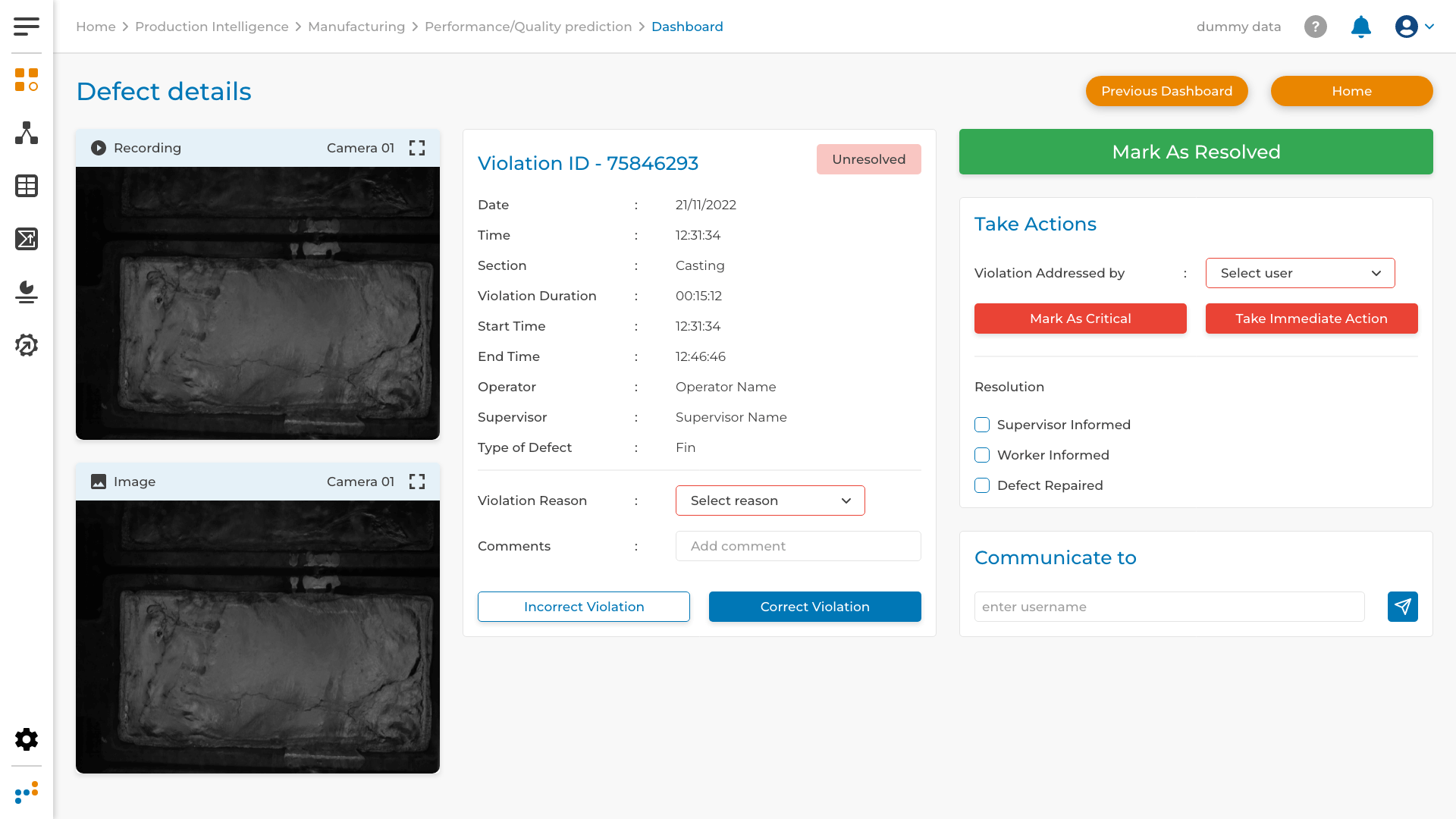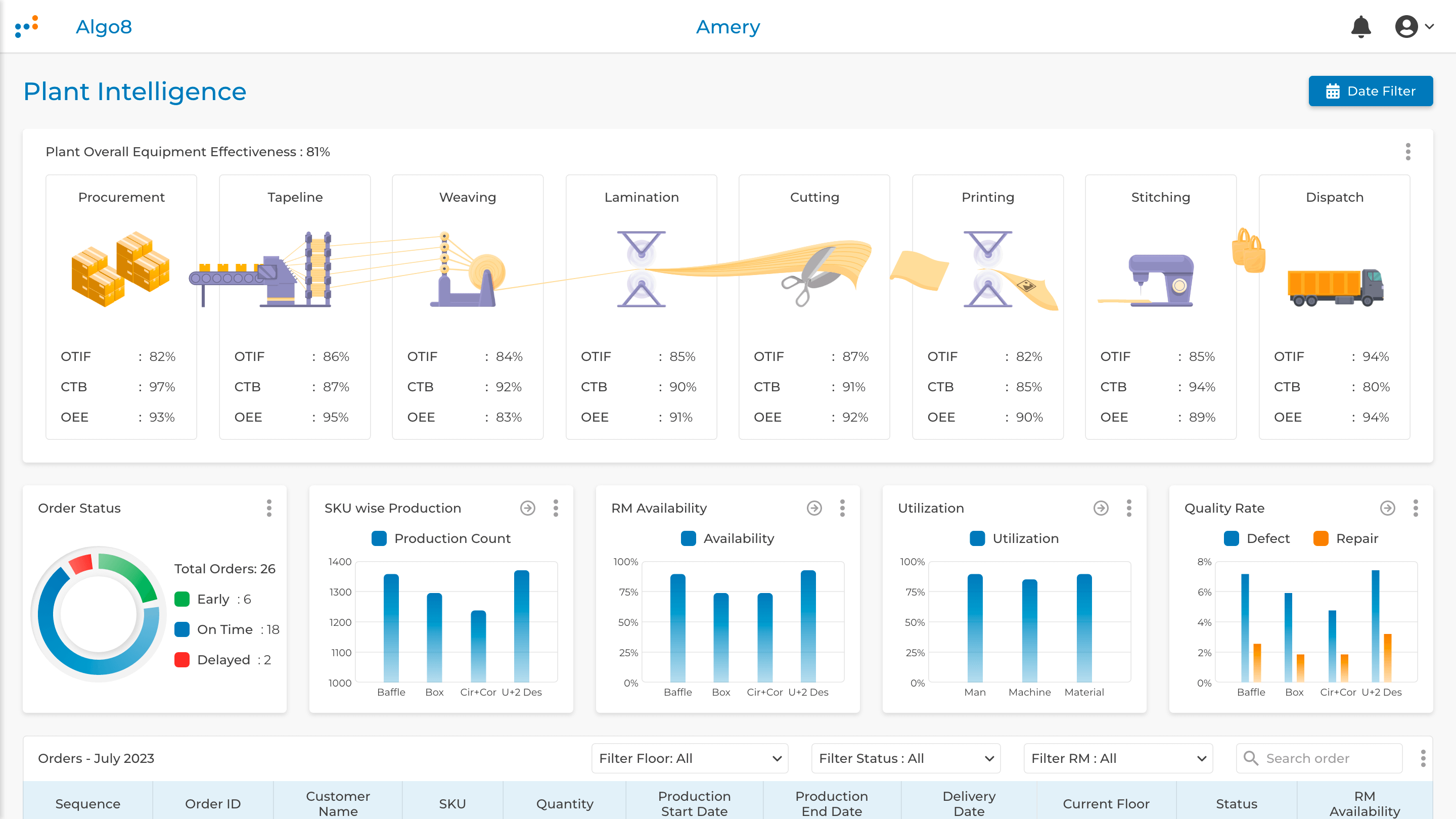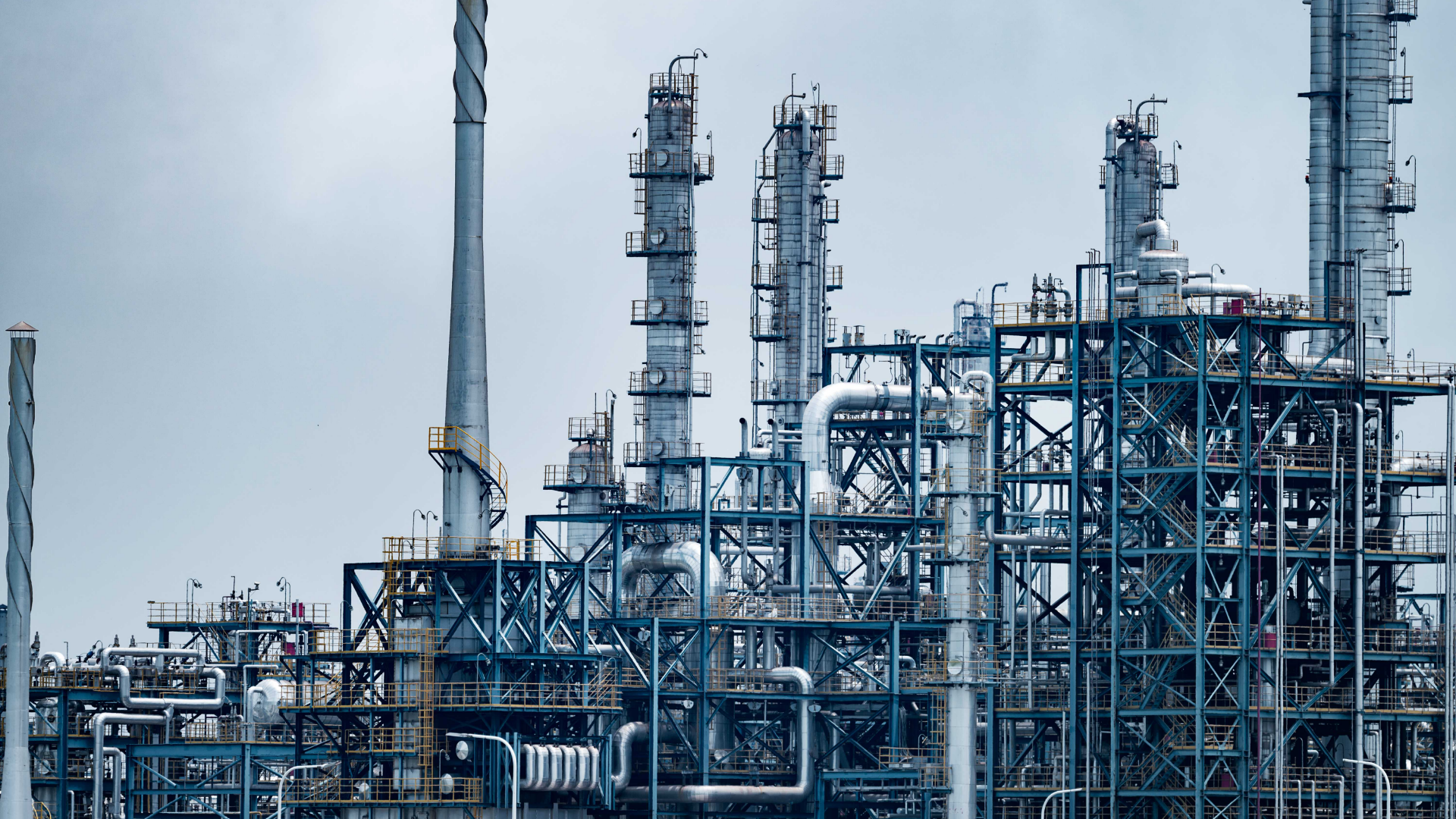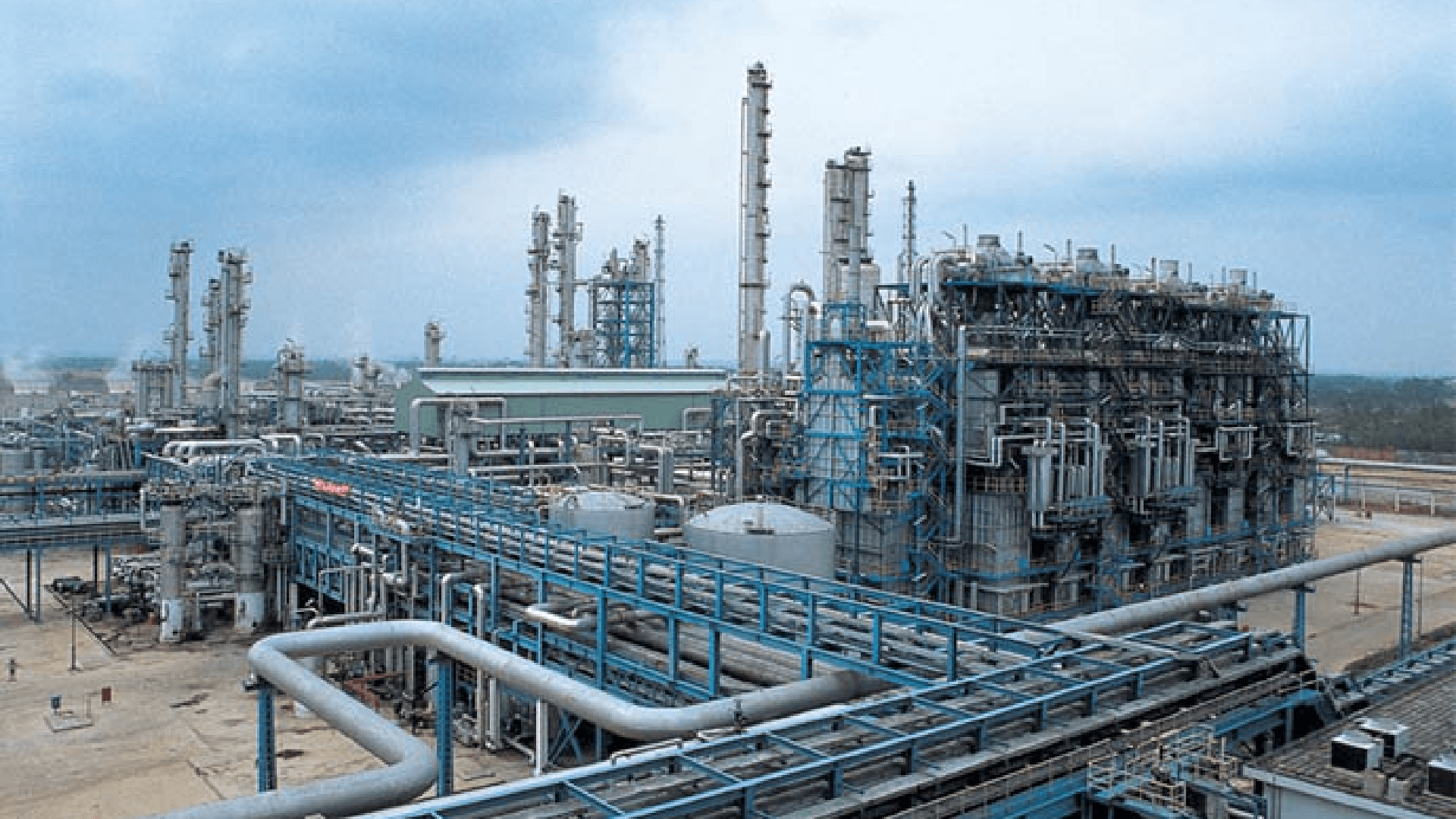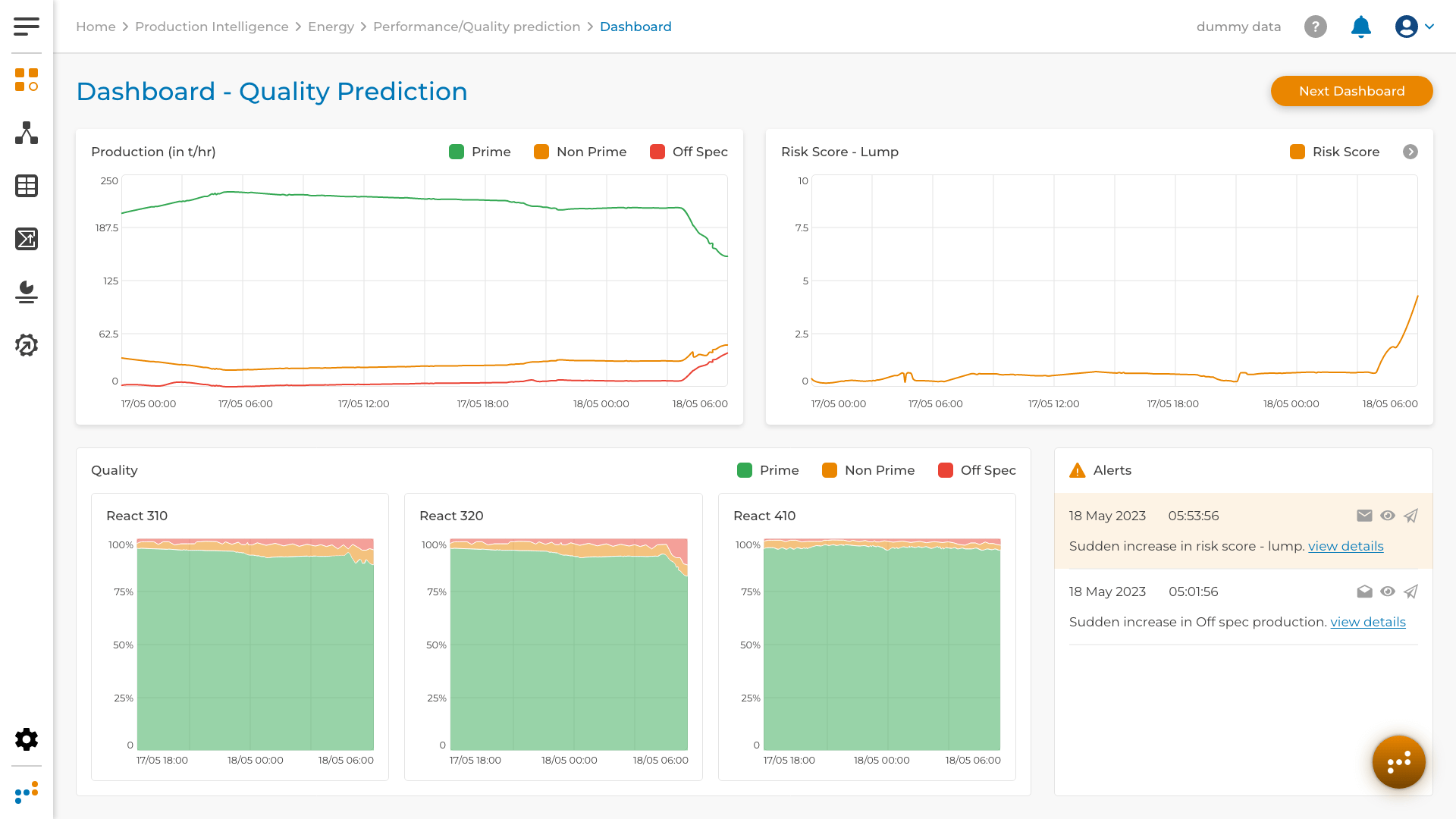
Predicting Power Requirement In Steel Manufacturing (EAF) Problem In the steel manufacturing industry, Electric Arc Furnace (EAF) and Ladle Refining Furnace (LRF) processes require substantial electrical power, supplied by captive power plants (CPPs). Striking a balance between power supply and the manufacturing demand is a complex task due to the variable nature of manufacturing processes and environmental factors. This often leads to surplus power generation, also […]

